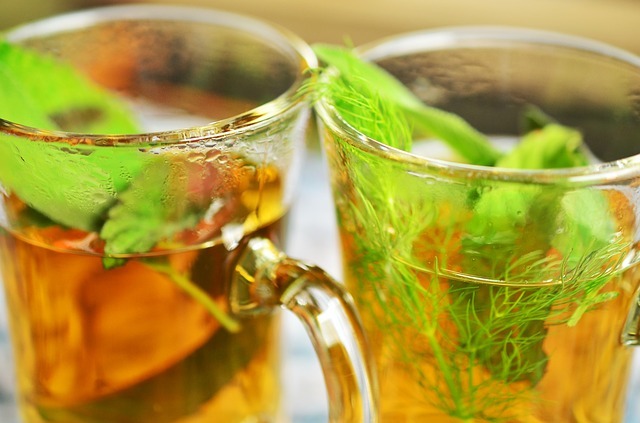In order to extract the wonderful healing and health-giving properties of herbs, we need to prepare them into a format that we can use to consume them in an effective way.
One of the simplest and most common ways to do this is in the form of an infusion. or if you’re British, that basically means strong tea!
Herbal Infusions
If you already drink herbal teas such as chamomile, mint, ginger, ginseng, etc, then you are already engaging in a form of herbalism, because herbal teas are very similar to infusions. Click the link to buy premium quality herbal tea online.
Infusions are excellent for extracting the water-soluble constituents of a herb, and the hot water is also good at releasing the volatile oils (otherwise known as the essential oils) that are within the plant. It’s those oils which often give the greatest medicinal benefit.
Infusions are best suited for herbs where you are using the more delicate parts of the plant, usually the bits that grow above the ground such as the leaves, flowers, and stems. If you’re using the roots of a plant, then an infusion will not be sufficient to extract the needed properties of that plant, you’d need something stronger like a decoction or a tincture.
Once the infusion has been made, you can drink it hot or cold, or apply it topically to the skin. You can also inhale the vapors, obviously all depending on which herb(s) you are using and what you are using them/it for.
Some herbs need to be prepared as cold infusions as the hot water destroys their medicinal properties. Plants such as Comfrey leaf and Marsh Mallow fall into this category so it’s important to learn about, and understand the nature of each of the individual herbs that you work with.
Shelf Life
You can generally keep an infusion in the fridge for up to 24 – 36 hours after which time you’ll need to discard anything that’s left over.
Herbal Safety
Herbal Safety
The strengths of herbs vary considerably so understanding dosage is very important in herbalism, and something you must to be aware of.
People tend to automatically think of herbs as foods and therefore assume that they’re completely safe no matter how much you consume, but that’s not true, and you can do yourself some serious damage if you overdose on certain herbs.
Example
A Chamomile infusion has a very soothing, calming effect on the mind, and you can safely drink 5 or 6 cups a day with no problems whatsoever, but something like Yarrow is considerably more potent, so your consumption must be in much smaller doses.
Then you have things like feverfew which is so strong it should never be used as an infusion.
So its really important that you never make an infusion or any other preparation from a herb if you don’t have sufficient background information on it, or understand its potential strength.
Also, just as people can have reactions to medicines, some people can have reactions to certain plant groups, so when you are trying a particular herb for the first time, especially if you are prone to these reactions, it’s always a good idea to try just a small amount first and then give it some time, preferably 24 hours to make sure you don’t have a reaction to it
How to Make a Herbal Infusion
1. Place your herb into a ceramic or glass pot – a small teapot is ideal. Use about 2 teaspoons of dried herb, or about 1oz of FRESH herb for each cup of water.
2. Pour on the water that’s just off the boil. Now it’s important to note that When the hot water is added, the volatile oils can start to disperse into the air, so use a lid or a plate to cover it straight away, and then let it infuse for at least 10 minutes, preferably 15.
This is the difference between making a cup of tea and making an infusion. For tea, most people will leave a teabag in for no more than a few minutes, but for a herbal infusion, it’s that 10-15 minutes steeping time that turns it into a genuine remedy rather than just a cup of flavored water.
3. Once the 10-15 minutes has passed, pour the resulting infused water into a cup, use a tea strainer if you need to, and then drink or apply the liquid.
Some herbs may taste a bit bitter, so you can sweeten the infusion with a spoonful of honey. and later on if you become more knowledgeable about herbalism, you can mix in other herbs such as lemon, or mint to make the taste more enjoyable.
Dosage
As a general rule of thumb, the effective dosage of a herbal infusion is around 3-6 cups a day depending on the severity of the ailment being treated. Of course, there are exceptions to this rule as I mentioned earlier, so again I stress the fundamental importance of understanding the properties and the strength of each herb that you work with.

